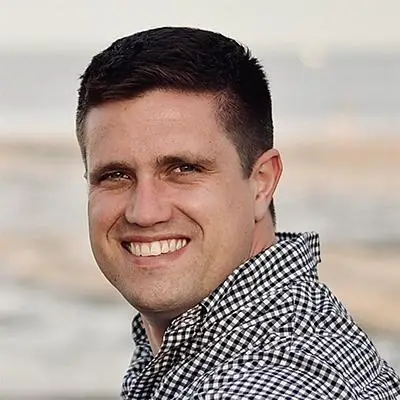
Travis Pillow is a director of thought leadership at Step Up For Students and editor of reimaginED. Formerly, Travis was an innovation fellow and senior writer at the Center on Reinventing Public Education. He started his career as a journalist based in Florida’s capitol, covering politics, budgets, health care, and education policy for several online publications and Gannett newspapers. He later became editor of redefinED, a website chronicling the new definition of public education in Florida and elsewhere, and did other policy and communications work for Step Up For Students, the nonprofit that administers two of the nation’s largest private school choice programs.
The State of the American Student: Fall 2025 past REPORTS 2024 In CRPE’s third State of the Student report, we examine how the pandemic disproportionately affected students with unique learning needs.
QUICK LINKS Reports Case Studies Commentary Related Research reports Teaching, Reinvented: How Unconventional Educator Roles Pave the Way for a More Fulfilling and Sustainable Profession Read More Are Unconventional Learning Environments Serving Special Populations?
How easy would it be for a parent or advocate to compare student performance pre- and post-COVID? The short answer: in most states, it’s not easy at all.
The Black Mothers Forum (BMF), established in 2016 to combat institutional racism in Phoenix-area schools, responded to the challenges of the Covid-19 pandemic by creating a network of microschools.
Across the country, school systems are struggling to implement effective, research-based literacy instruction and to help students recover from lost learning time during the pandemic.
CRPE director Robin Lake and Travis Pillow, Director of Thought Leadership for Step Up for Students (formerly a senior innovation fellow with CRPE), contributed an essay to this year’s edition of NASBE’s State Education Standard, “Engaging All Students.” With billions of dollars in lost economic activity and untold squandered human potential, COVID-19 threatens to leave an enduring legacy.
This piece was originally published on EdNote, the Education Commission of the States’ blog. School closures, quarantines and staffing uncertainties have contributed to the biggest math and reading declines our country has seen in more than two decades.
This executive summary provides highlights of the primary findings and recommendations from the State of the American Student: Fall 2022 report that draws on data the Center on Reinventing Public Education (CRPE) has collected and synthesized during the pandemic.
To accompany CRPE’s inaugural State of the American Student report in 2022, researchers and experts assembled a guide with critical questions for media to consider as they follow the recovery — and we hope, the reinvention — of U.S.
Amid all the concern about staffing shortages in America’s schools, the continued strain is showing up in another key place: at the top.
More school districts are requiring masks and vaccines, and remote learning plans are more detailed as the threat of the Delta variant looms.
A first look at ESSER priorities indicated many districts may be struggling to reconcile public input with their own strategic priorities.
Schools owe students a chance to gain back the learning opportunities they were denied last year. They cannot afford to squander another year because of tepid leadership and political squabbling.
A $189 billion infusion of federal COVID relief funding gives America’s school districts an unprecedented opportunity to invest in lasting improvements in public education and make their students whole after a year and a half of disruptions.
Pandemic pods were borne by necessity as families faced urgent needs for childcare and remote learning support. But they also offer fresh solutions to an age-old education problem: how to dramatically lower class sizes without diluting teacher quality and falling into traps that have snared traditional class size reduction efforts.
For nearly a year, schools’ unpredictability has created stress and suffering for kids and families, especially in Black and brown communities where jobs and lives are also most at risk from the virus.
In the final months of 2020, we sat in on nearly three dozen conversations with teams of district leaders and community-based nonprofits that are collaborating to run learning hubs.